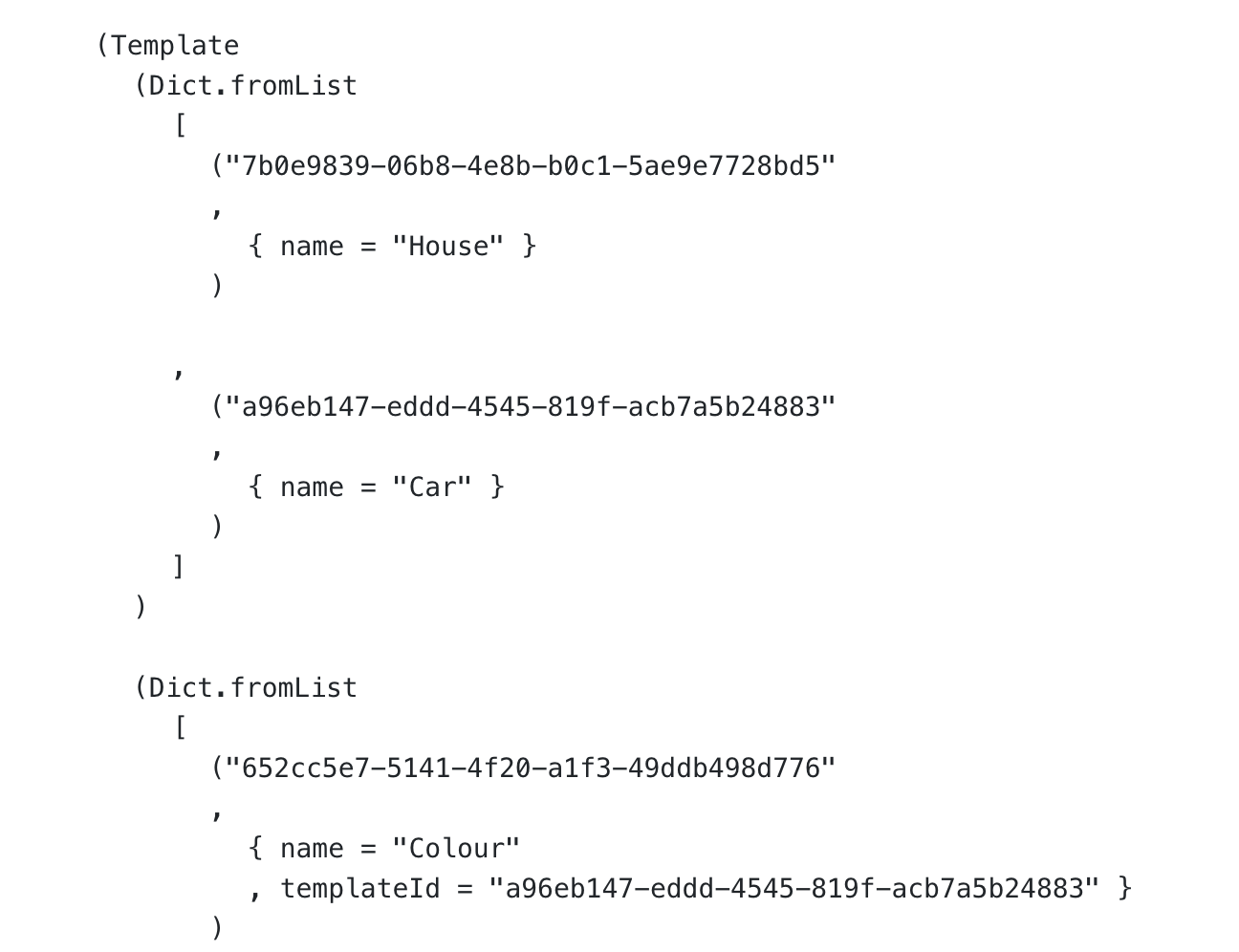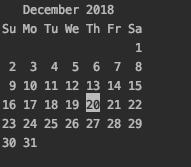-
In the world of static file hosting there are plenty of solutions. I picked now.sh. It’s free, easy to use and works well. I have had one problem with now.sh so far, it creates a new URL everytime you push. It’s a feature that I dont need in some cases, here’s how to solve. Put this in package.json:
Replace YOUR_APP_NAME by the name of your app. Then go to your now.json and add/change:{ "scripts": { "deploy": "now && now alias && now remove YOUR_APP_NAME --safe -y" } }Replace YOUR_UNIQUE_SUBDOMAIN by your unique subdomain. Just run"name": "YOUR_APP_NAME", "alias": "YOUR_UNIQUE_SUBDOMAIN.now.sh",yarn deploy. -
Touchis mainly known for creating files.Touchmain purpose is actually to update the file’s timestamp. From the man:The touch utility sets the modification and access times of files. If any file does not exist, it is created with default permissions.
-
 Using
Using Debug.toStringis really helpful to help debug the model but the format of the output is hard to read. Looking for solution I stumbled upon this gem(not the ruby gem). I changed it to work in elm 0.19 and fix a minor issue when usingcustom typefor theModel. Here’s the final result on Gist. -
When you need to return more than one element you have few solutions.
Wrap with an element
<div> <span>1</span> <span>2</span> </div>Return a list (requires a key)
function List() { return [<span key='1'>1</span>, <span key='2'>2</span>] }Use Fragment (16.2.0+)
<Fragment> <span>1</span> <span>2</span> </Fragment>Use empty tag (some kind of alias for Fragment)
<> <span>1</span> <span>2</span> </> -
If you need to reuse the reuse the last argument from the previous command this is for you:
Last command is equivalent totouch config.js vi !$Bonus:vi config.jsecho $?will display the exit code of therevious command!!will re-execute the previous command,sudo !! -
I love calendars and shell has a way to display the calendar for the current month
$ cal
-
I don’t have much time to write complete articles, so I’ll start publishing
Today I learnedshort articles -
In the previous part of this tutorial we’ve seen how to represent the current month view into a list of dates. Now let’s see how we transform this data into something similar to the screenshot below.
-
ELM was redesign recently and
DateandTimehave been removed from the core to theTimelibrary. With that in mind let’s build a calendar. -
Before in ELM 0.18 if you used
evancz/url-parseryou would useparseHashto parse the fragment. But now in 0.19elm/urldoesn’t have such function. It is still possible to parse the hash though. -
One of my favorite things about ELM is the compiler, it will catch errors before they could make their way to production. Let’s have a look at the most common Javascript errors and see how ELM makes sure they don’t bother you.
-
I’ve been working with ELM for 2 years now. When I started I had very little knowledge about functional programming. I remember being skeptic about it at first then falling in love with it. Now going back to ReactJS or AngularJS feels like trading a swiss army knife for a hammer.